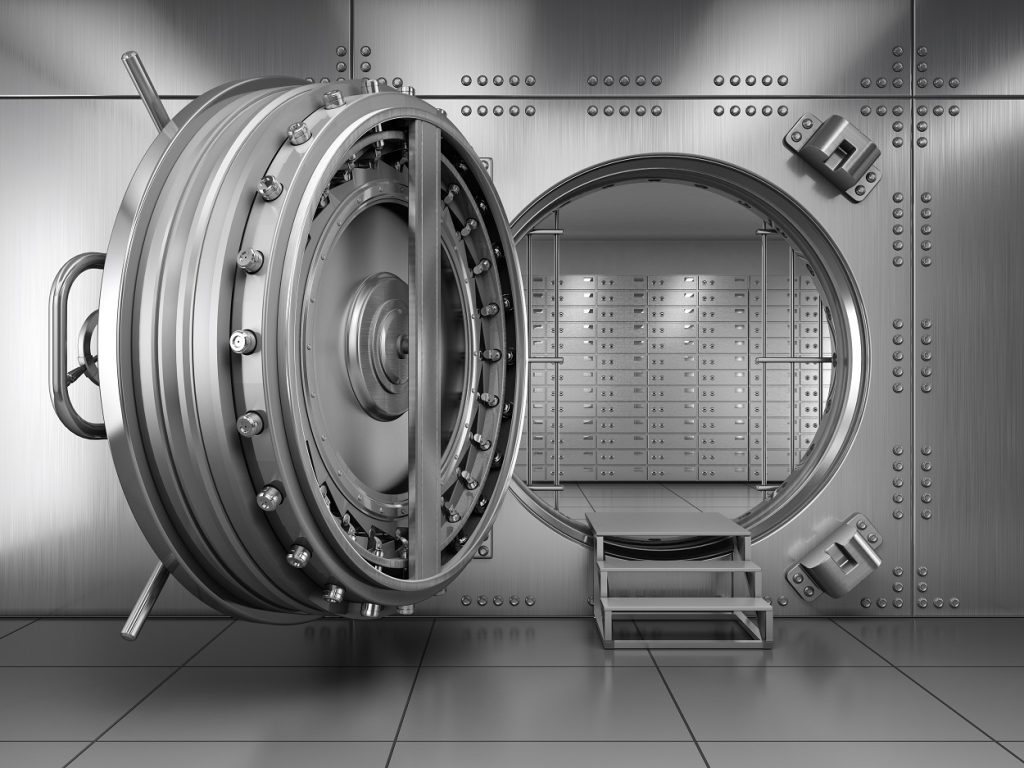Protecting assets in bankruptcy requires a combination of foresight and expertise. Chapter 13 bankruptcy generally allows you to keep all your property. But in Chapter 7 bankruptcy, your nonexempt assets may be “liquidated,” or seized and sold. If you do not protect your assets in Chapter 7, the trustee will convert them to cash and distribute the funds to your creditors according to their priority level.

Bankruptcy exemptions
Your home state’s bankruptcy exemptions determine how much of your property you can protect. Bankruptcy exemptions allow you to keep sum-certain dollar amounts of assets in bankruptcy. In most cases, you can fully protect the following assets:
- Motor vehicles
- Household goods, furnishings, and clothing
- Most retirement accounts, pensions, 401(k)s, and profit-sharing plans
- Social Security payments
In Washington, D.C., you can also protect all of the equity in your primary residence. But the Virginia and Maryland homestead laws allow much lower levels of home equity protection.
The Chapter 7 trustee may also allow you to negotiate the buy-back of your nonexempt property. Your bankruptcy attorney will apprise you of your options if this is possible.
Bankruptcy planning and asset protection
You may also be able to use several asset conversion strategies to avail yourself of the full statutory exemptions. Certain amounts of nonexempt liquid assets may be used to:
- Purchase a car, household goods, clothes, or other necessities
- Make contributions to your exempt retirement accounts
- Pay down your mortgage
- Take out a life insurance policy
- Pay off nondischargeable debts, like taxes, student loans, or delinquent child support
Advanced bankruptcy planning
Asset protection trusts, equity reduction, and accounts-receivable financing are just a few of several less common techniques for protecting assets in bankruptcy.
Asset protection trusts. Several states now offer asset protection trusts, and you need not be a resident to have one. An independent trustee must run the trust and control all distributions. And the trust must contain irrevocability and spendthrift clauses.
Equity reduction. You may be able to reduce the equity in an asset (usually real property) by financially encumbering the asset. The encumbrance must be taken for a justifiable, legitimate purpose. And the encumbrance itself can be voided if taken out within one year of filing bankruptcy.
Accounts-receivable financing. If you are a business owner, you may be able to borrow against the business’s accounts receivables. If accomplished correctly, encumbering the future value of the business may make the liquidation of your business unattractive to your Chapter 7 trustee.
Avoiding fraudulent transfers
If you have nonexempt assets, you should use bankruptcy planning to legally protect your assets from creditors. You should not, however, attempt to transfer assets after you have filed bankruptcy. In many cases, the Chapter 7 trustee can attempt to void transfers made within a year of your filing bankruptcy. Starting your pre-bankruptcy planning earlier rather than later can often protect otherwise liquid assets.
A “fraudulent transfer” is the conveyance of an asset within certain statutory periods prior to a bankruptcy filing. And any transfers or gifts of assets prior to a bankruptcy filing will be closely scrutinized by the Chapter 7 trustee. The Bankruptcy Code gives the trustee the power not only to avoid the transfer, but to move for the denial of discharge to a debtor who attempts to defraud creditors through sham transfers.
Protecting assets in bankruptcy: Talk to an attorney
If you are considering filing bankruptcy and have considerable assets to protect, talk to an attorney. Do not attempt to hide or conceal or transfer or sell your assets prior to discussing your intentions with a bankruptcy lawyer. Chapter 7 trustees will ruthlessly enforce all exemption, transfer, and scratch-back laws. Be sure to obtain advice before you make any big financial moves.
